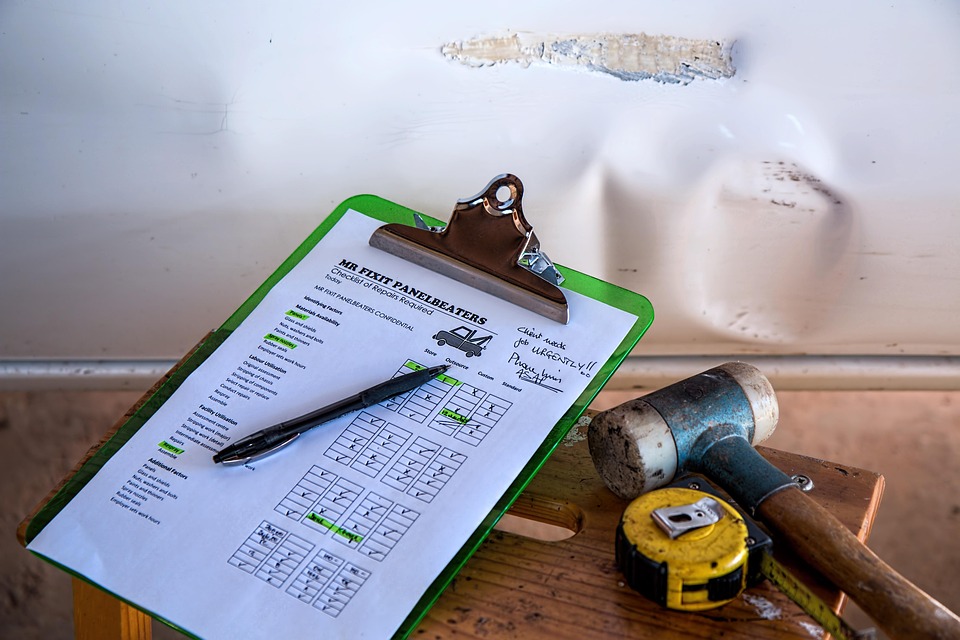Understanding the Insurance Claim Process: A Step-by-Step Guide
Navigating the insurance claim process can often feel daunting. Whether you’re dealing with a car accident, property damage, or a health-related issue, understanding the steps involved can make the experience smoother and less stressful. This guide will walk you through the insurance claim process step by step, helping you to understand what to expect and how to prepare.
Step 1: Review Your Insurance Policy
Before you initiate a claim, take some time to review your insurance policy. Familiarize yourself with the coverage details, including what is covered, the deductibles, and any exclusions. Understanding your policy will help you know what to expect and whether or not you are eligible to file a claim.
Step 2: Notify Your Insurance Provider
Once you’ve confirmed that your situation is covered under your policy, the next step is to notify your insurance provider as soon as possible. Most insurance companies have specific time frames within which you must report an incident. You can typically do this via phone, online, or through a mobile app.
Step 3: Gather Necessary Documentation
Documentation is crucial in the claims process. Collect all relevant information related to your claim, which may include:
– **Photos**: Take pictures of any damage or injuries.
– **Receipts**: Keep receipts for any expenses incurred as a result of the incident.
– **Witness Statements**: If applicable, gather statements from witnesses.
– **Police Reports**: If your claim involves an accident, obtain a police report.
Having thorough documentation will support your case and provide evidence to your insurer.
Step 4: Fill Out the Claim Form
Insurance companies require you to complete a claim form to officially start the process. This form will ask for details about the incident, the parties involved, and the extent of the damage or loss. Be sure to fill it out accurately and completely to avoid delays in processing.
Step 5: Work with the Claims Adjuster
After submitting your claim, your insurance company will assign a claims adjuster to your case. The adjuster’s role is to investigate the claim, assess the damage, and determine the payout amount. They may contact you for additional information, so be prepared to provide further documentation or answer questions.
Step 6: Review the Settlement Offer
Once the claims adjuster has completed their assessment, they will provide you with a settlement offer. Take your time to review this offer carefully. Ensure that it covers the damages and losses you incurred. If you believe the offer is too low, you have the right to negotiate with your insurer.
Step 7: Finalize the Claim
If you accept the settlement offer, the final step is to finalize the claim. You may need to sign a release form, which will prevent you from pursuing further claims related to the incident. Once everything is signed, the insurance company will process your payment.
Step 8: Follow Up
After your claim has been settled, it’s a good idea to follow up with your insurance provider to ensure that everything has been processed correctly. Keep a record of all communications and documents related to your claim for future reference.
Conclusion
Understanding the insurance claim process can significantly reduce stress during what can be a complicated experience. By following these steps, you can navigate the process more confidently and increase the likelihood of a successful claim. Always remember to keep detailed records and maintain open communication with your insurer. With the right preparation and knowledge, you can handle your insurance claims effectively.



